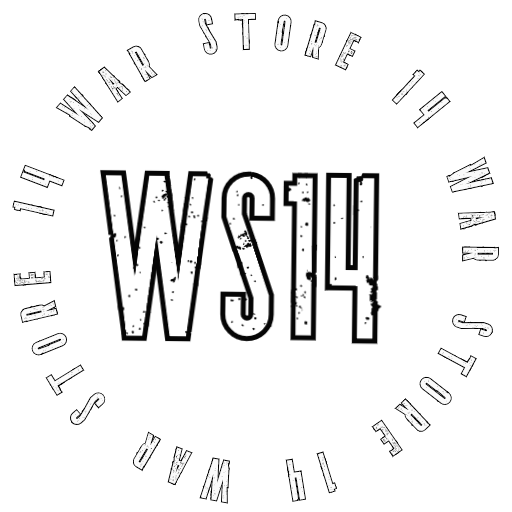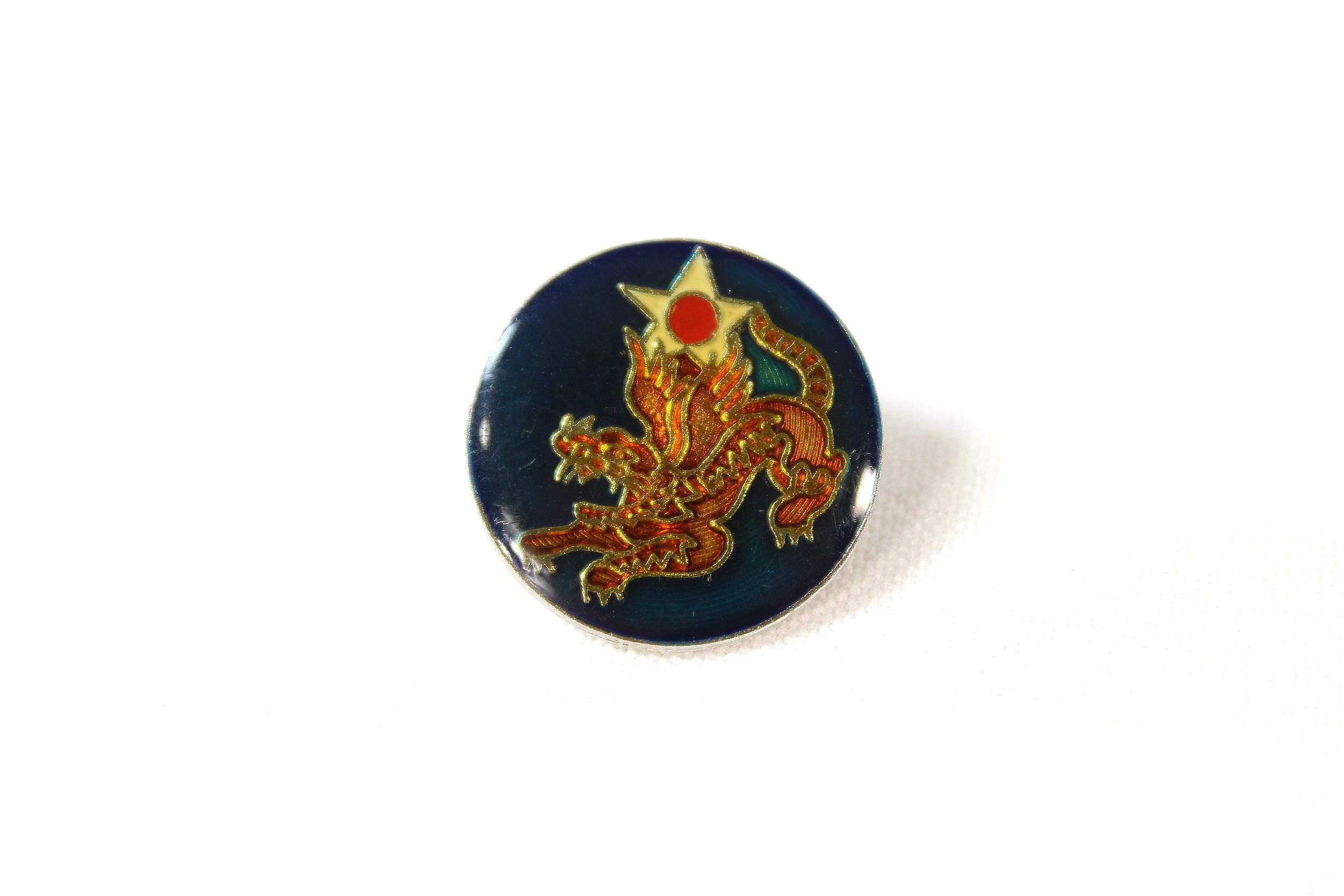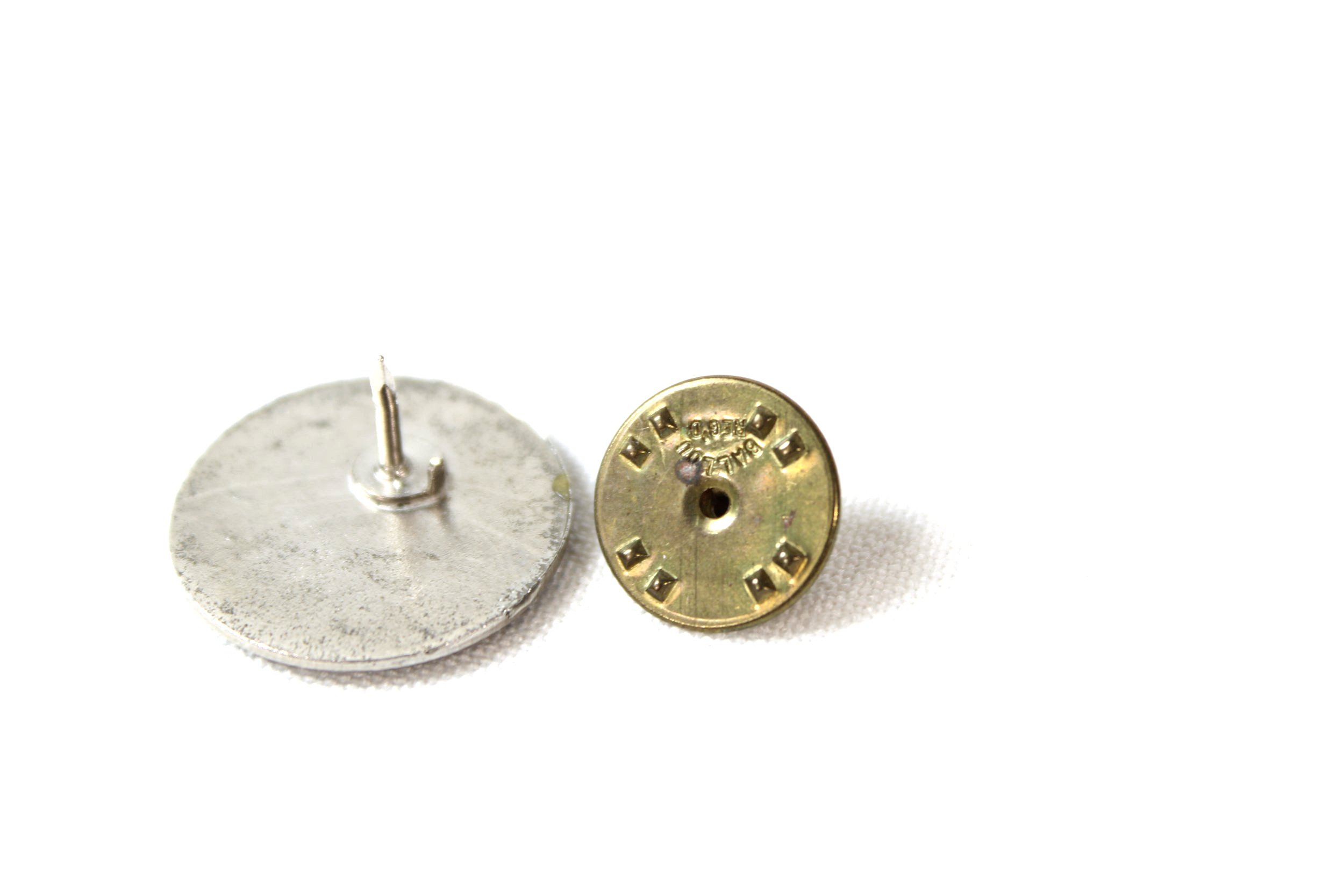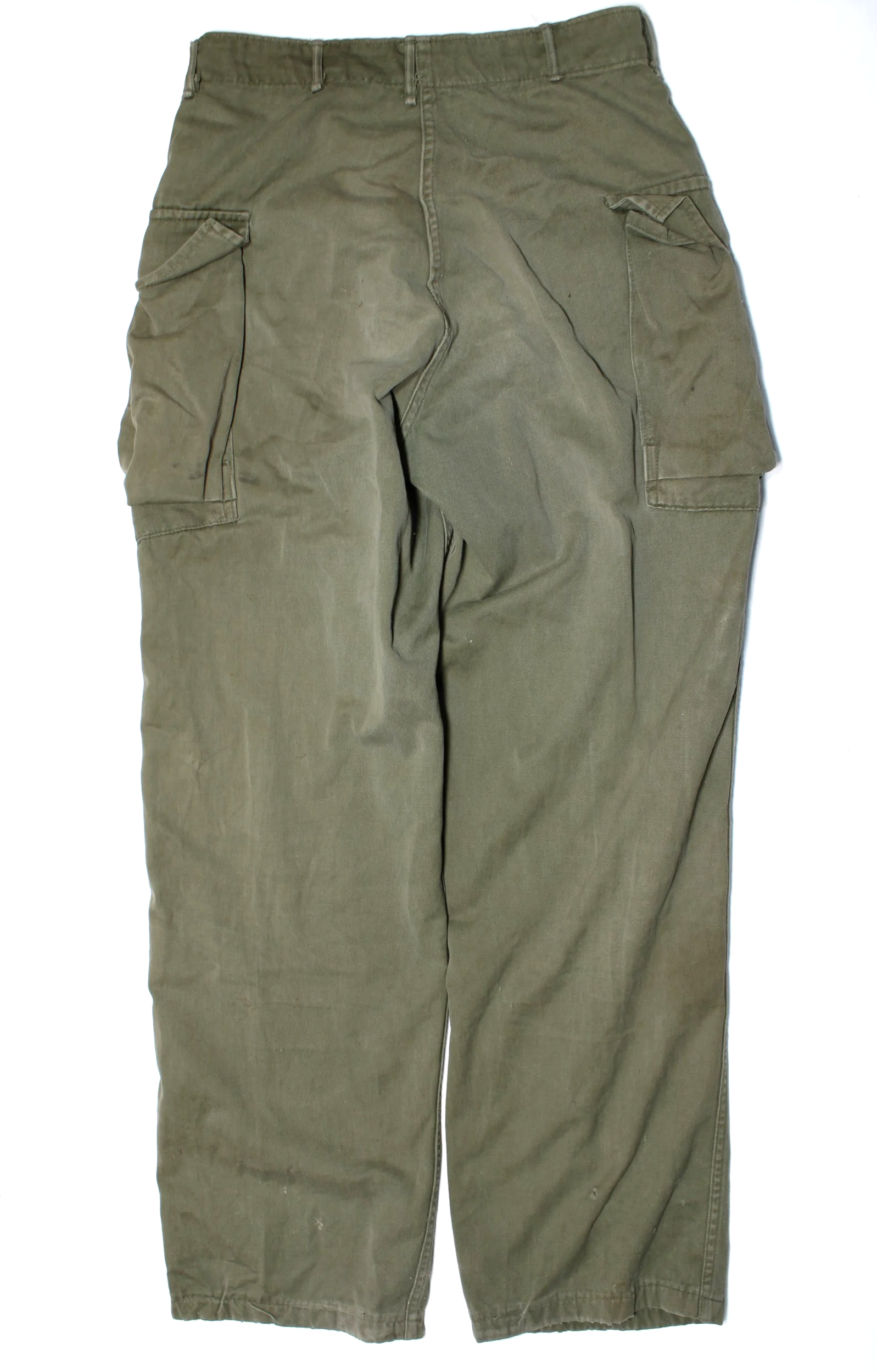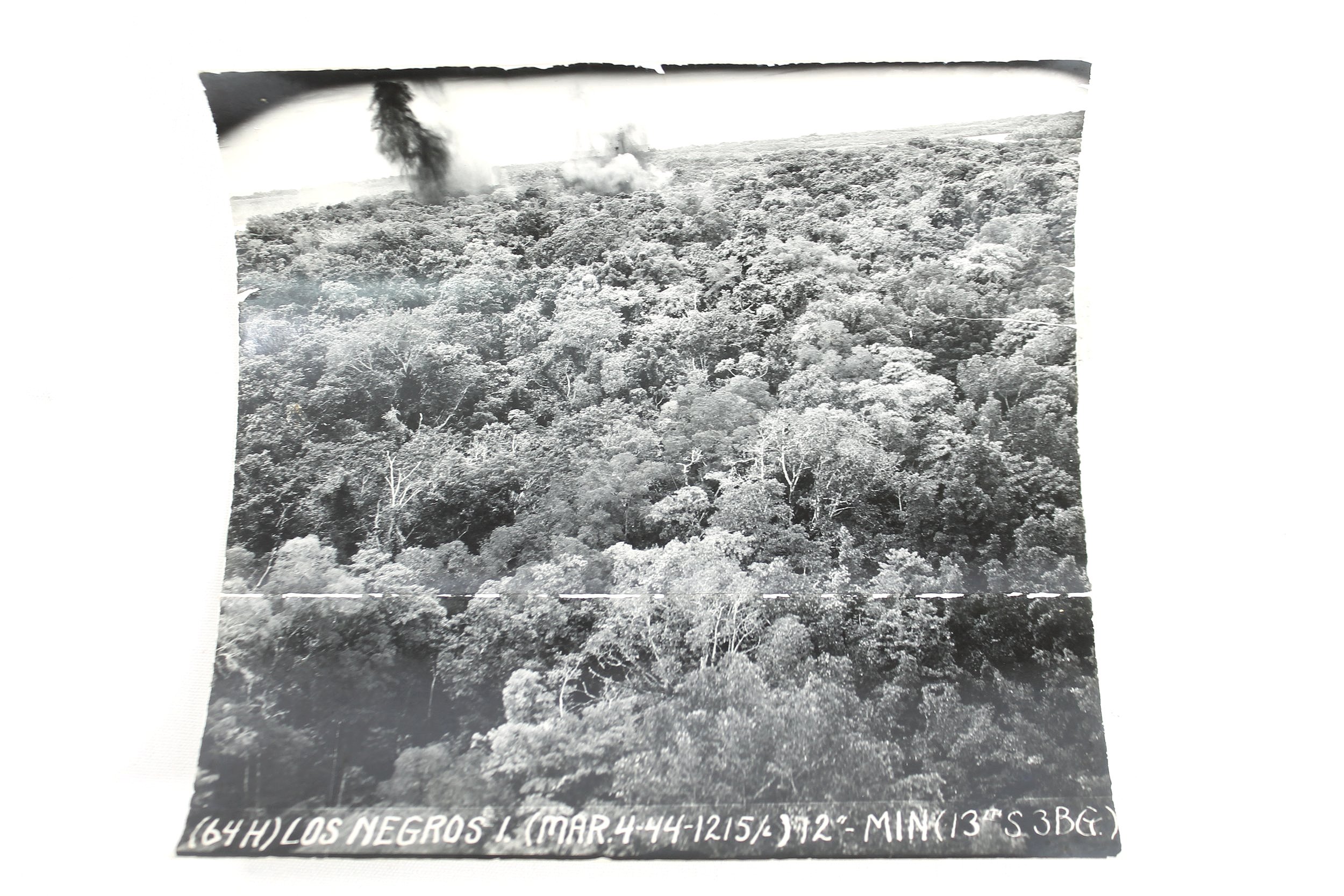 Image 1 of 7
Image 1 of 7

 Image 2 of 7
Image 2 of 7

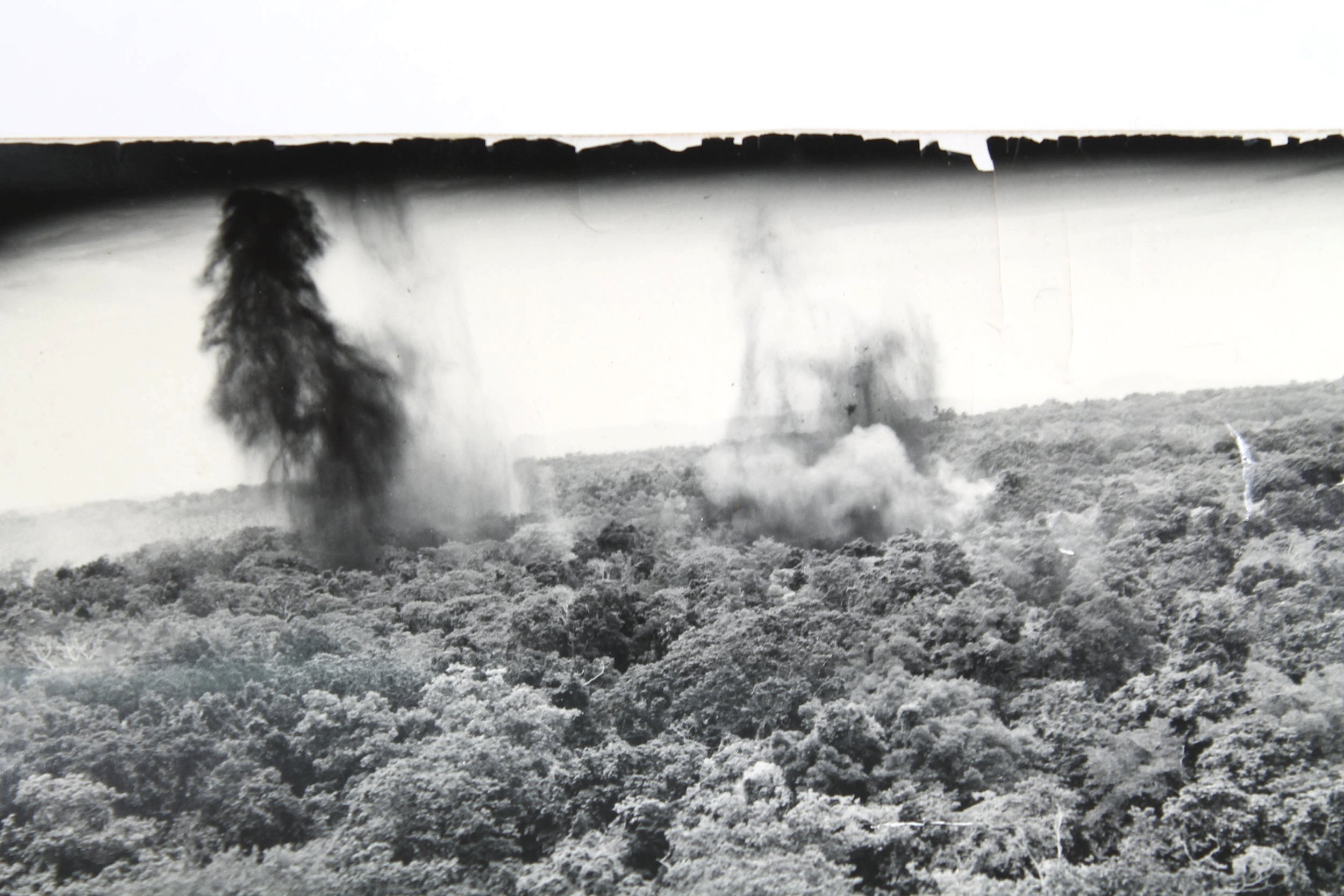 Image 3 of 7
Image 3 of 7

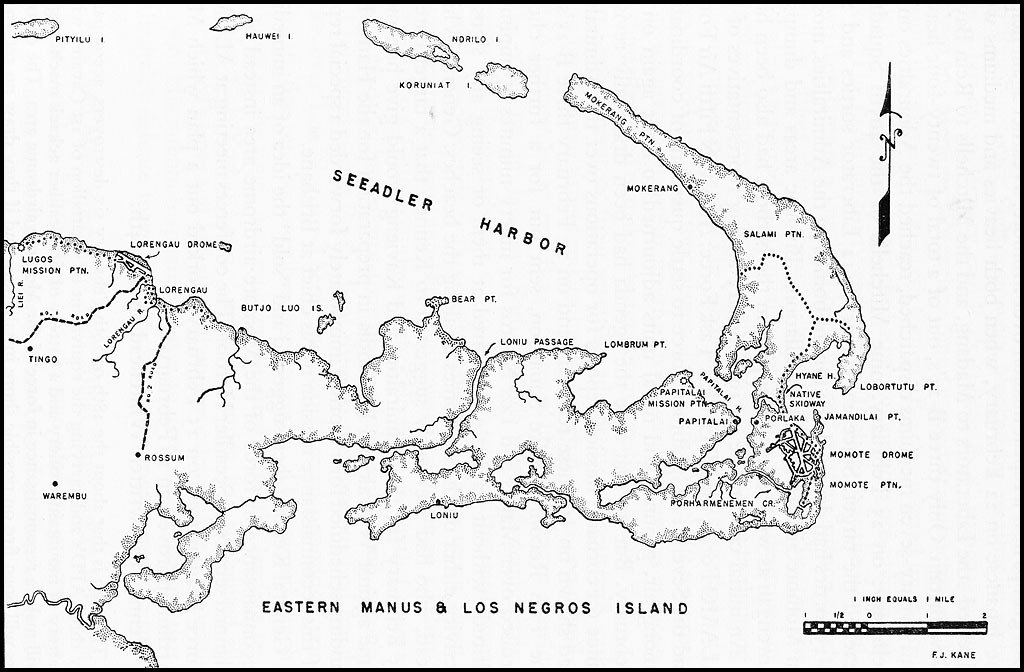 Image 4 of 7
Image 4 of 7

 Image 5 of 7
Image 5 of 7

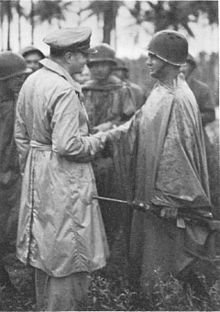 Image 6 of 7
Image 6 of 7

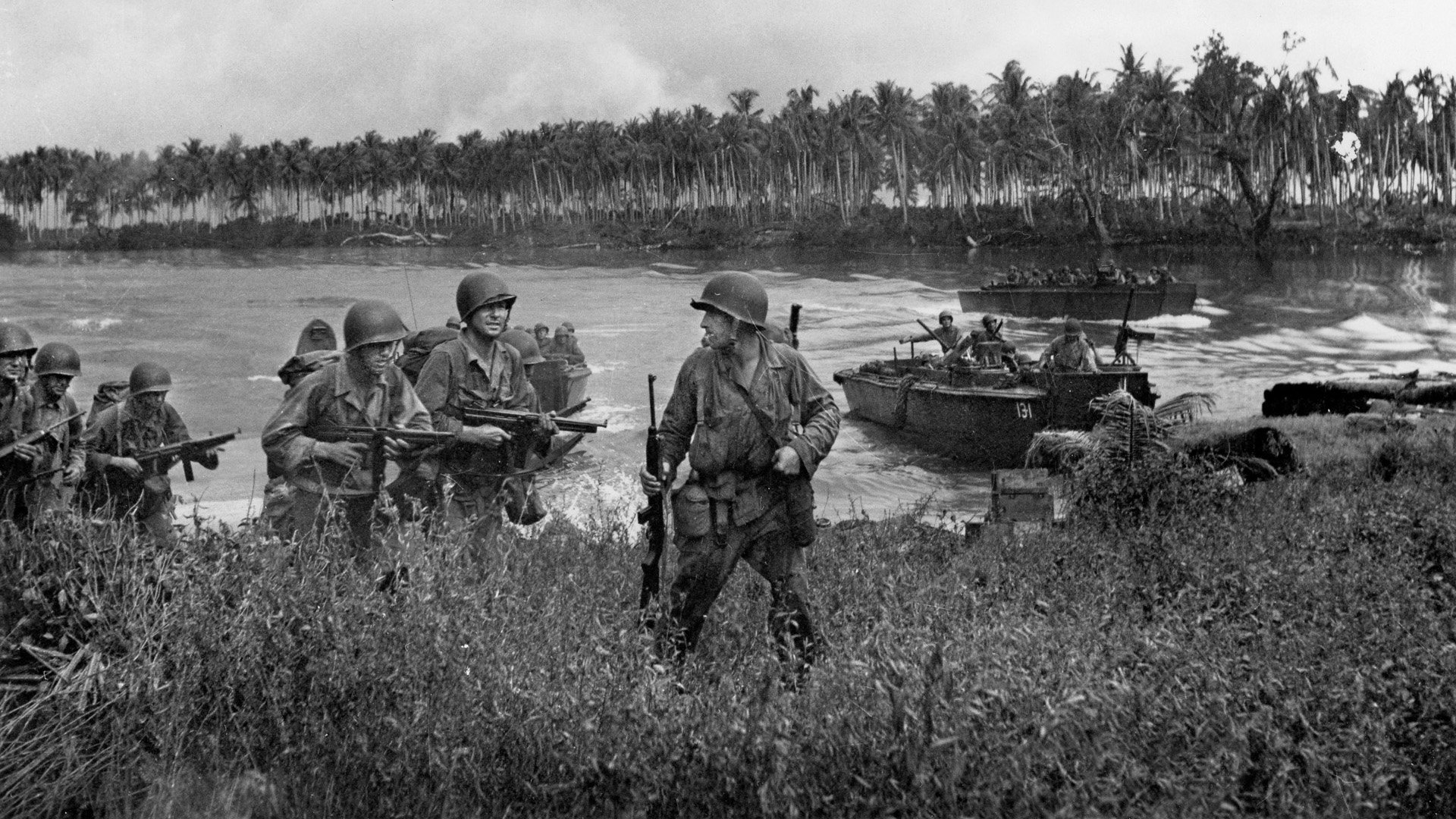 Image 7 of 7
Image 7 of 7








Original WWII Large Los Negros Arial Action Photo Admiralty Islands campaign
1 large photo of explosions on Los Negros
6 3/4” x 6 3/4”
The battle of Los Negros (29 February-8 March 1944) was the first stage in the American invasion of the Admiralty Islands, a campaign that helped completed the isolation of Rabaul and also forced the Japanese to abandon their stronghold at Madang.
The original plan had been to invade the Admiralty Islands in April 1944. Early in 1944 airmen from the Fifth Air Force reported that they weren't seeing any Japanese activity on the islands. This combined with MacArthur's desire to speed up his advance towards the Philippines and a rivalry with Nimitz's Central Pacific Command to convince the general to move the invasion forward to late February 1944. On 24 February the orders were issued for the invasion, which was to take place on 29 February.
The first target would be Los Negros, the third largest of the Admiralty Islands. This horseshoe shaped island forms the eastern end of the massive Seeadler Harbour (the southern side of the anchorage is formed by Manus, the largest of the islands, the northern side by a line of smaller islands).
The reports of no activity were inaccurate. The Japanese actually had 4,300 men on the Admiralty Islands, commanded by Colonel Yoshio Ezaki. They had also built airfields on Los Negros and on Manus. The airfield on Los Negros was about half way around the horseshoe, close to Hyane Bay, a bay on the eastern side of the island. Colonel Ezaki expected any attack to come from the Seeadler side of the island, and so most of his defences were facing into the harbour.
The decision to bring the attack forward by two months meant that MacArthur only had 1,000 men from the 1st Cavalry Division (General William Chase) available for the initial attack. Another 1,500 could follow up in the next few days, and were allocated as a reserve. The invasion fleet, under the command of Admiral Barbey, consisted of eight destroyers and three fast destroyer transports (APDs). A support force of cruisers and more destroyers was also provided. Two cruisers were allocated, one to carry MacArthur and a second because Admiral Kinkaid didn't like sending single ships of a particular type on any mission.
MacArthur put in place three measures to compensate for his low numbers and the uncertainty about the garrison of the islands. First, the attack was officially a 'reconnaissance in force', so if the garrison turned out to be too strong he could order a retreat without much loss of prestige. Second, he ordered a reconnaissance of the island, to be carried out by six scouts two days before D-day for the invasion. Third, he decided to accompany the invasion force in person, so that he could judge the situation on the ground and make a rapid decision about what to do.
The new orders caught found of the invasion fleet out of place. The cruiser USS Phoenix, the flagship of the invasion force, was at Brisbane when the new arrived, with many of her crews away on shore leave. Even so she was able to reach Milne Bay on New Guinea on 27 January, where she picked up MacArthur.
Just before sunrise on the same day six scouts were dropped just off the east coast of Los Negros by a US Navy Catalina. They landed near Hyane Bay and carried out a stealthy reconnaissance of the island. They discovered the sizable Japanese garrison, but remained undetected and were picked up later that day.
The news reached MacArthur at sea on 28 January. He decided that the benefits of the attack outweighed the risk, and ordered the attack to go ahead.
As the fleet approached Hyane Bay some Japanese coastal guns opened fire, but they were quickly eliminated by MacArthur's naval forces. The landing itself was carried out early on 29 February, without any serious opposition. The first wave didn’t lose a single man during the attack. The second wave had to pause its attack until the supporting destroyers knocked out some nearby Japanese positions, but that was the only real delay. The airfield was reached by 9am and secured by noon. At first Colonel Ezaki believed that the landings were a feint, designed to pull him away from the real landing area on the west coast, and by the time he realised his mistake the Americans had established a strong beachhead on the southern side of Hyane Harbour.
On the afternoon of 29 February MacArthur landed on Los Negros, much to the alarm of his officers, who were aware that there were Japanese snipers in the area. He remained on the island for two hours, and then decided that the 'reconnaissance in force' was to turn into a full scale invasion. He then headed back to New Guinea, taking most of the support fleet with him. Two destroyers were left to protect the bridgehead, and the reserve troops were ordered to move to Los Negros. Expecting a strong counterattack the Americans pulled back into a smaller beachhead, abandoning the airfield.
On the night of 29 February-1 March the Japanese finally attacked the beachhead. The Americans pulled back into a small perimeter, where they could be supported by the two destroyers. The Japanese attacks were piecemeal, and were repulsed. Some Japanese troops did manage to get inside the perimeter, and two were found inside the command post area. The next morning the Americans had to sweep the area to clear out the last of the infiltrators. A total of 66 Japanese troops were killed within the perimeter, while the Americans only lost seven dead and fifteen wounded.
Two days later, on 2 March, reinforcements in the shape of 1,500 infantry and 500 engineers reached Los Negros. That afternoon the airfield area was recaptured, and the Americans captured Japanese plans that suggested a major counterattack would soon be launched.
On the night of 3-4 March the Japanese finally made a properly coordinated attack. The delay was caused by the need to move some troops from outlying islands to take part in the attack. The Japanese tapped into the American phone lines, and used an English speaker to order an American platoon leader to pull back. This allowed them to create a hole in the American lines, but they were unable to advance much further after the attackers were hit by heavy artillery and mortar fire. The Japanese made several attacks during the night, including one where their troops sang 'Deep in the Heart of Texas' while attacking. Every attack was repulsed, but once again the Japanese did manage to get inside the perimeter, with one party even setting up a mortar on top of a US command post. The fighting on the night of 3-4 March cost the Japanese at least 750 dead, while the Americans lost 61 dead.
The failure of this major counterattack meant that the Japanese were no longer strong enough to push the Americans off Los Negros. US troops reached the west coast of the island on 6 March, and it was judged to be secure on 8 March, at a cost to the Japanese of 1,288 dead. The Americans lost 116 men killed in the fighting. The first aircraft, a B-25 Mitchell, landed on the island on 7 March, and No.76 Squadron RAAF, began to arrive on 9 March.
On 9 March the invasion force for Manus reached Seeadler Harbour. Tree days later, on 12 March, the Americans invaded Manus. The larger island was secured by 25 March, and work then began on turning the islands into a major Allied base.
The fighting on the Admiralty Islands cost the Americans 326 dead and 1,200 wounded. The Japanese lost 3,280 dead.
The loss of the Admiralty Islands had two impacts on the Japanese. Most immediately it convinced General Adachi that he could no longer defend Madang, his base on the north-east coast of New Guinea. In mid-April he ordered his men to retreat west to Hansa Bay and Wewak, where he expected the Americans to attack first. In the longer term it helped complete the isolation of Rabaul (along with the invasion of Emirau). The Japanese base could now be attacked from east, west and south, and it was almost impossible for the Japanese to get reinforcements into Rabaul (or indeed evacuate the over 100,000 men trapped there).
1 large photo of explosions on Los Negros
6 3/4” x 6 3/4”
The battle of Los Negros (29 February-8 March 1944) was the first stage in the American invasion of the Admiralty Islands, a campaign that helped completed the isolation of Rabaul and also forced the Japanese to abandon their stronghold at Madang.
The original plan had been to invade the Admiralty Islands in April 1944. Early in 1944 airmen from the Fifth Air Force reported that they weren't seeing any Japanese activity on the islands. This combined with MacArthur's desire to speed up his advance towards the Philippines and a rivalry with Nimitz's Central Pacific Command to convince the general to move the invasion forward to late February 1944. On 24 February the orders were issued for the invasion, which was to take place on 29 February.
The first target would be Los Negros, the third largest of the Admiralty Islands. This horseshoe shaped island forms the eastern end of the massive Seeadler Harbour (the southern side of the anchorage is formed by Manus, the largest of the islands, the northern side by a line of smaller islands).
The reports of no activity were inaccurate. The Japanese actually had 4,300 men on the Admiralty Islands, commanded by Colonel Yoshio Ezaki. They had also built airfields on Los Negros and on Manus. The airfield on Los Negros was about half way around the horseshoe, close to Hyane Bay, a bay on the eastern side of the island. Colonel Ezaki expected any attack to come from the Seeadler side of the island, and so most of his defences were facing into the harbour.
The decision to bring the attack forward by two months meant that MacArthur only had 1,000 men from the 1st Cavalry Division (General William Chase) available for the initial attack. Another 1,500 could follow up in the next few days, and were allocated as a reserve. The invasion fleet, under the command of Admiral Barbey, consisted of eight destroyers and three fast destroyer transports (APDs). A support force of cruisers and more destroyers was also provided. Two cruisers were allocated, one to carry MacArthur and a second because Admiral Kinkaid didn't like sending single ships of a particular type on any mission.
MacArthur put in place three measures to compensate for his low numbers and the uncertainty about the garrison of the islands. First, the attack was officially a 'reconnaissance in force', so if the garrison turned out to be too strong he could order a retreat without much loss of prestige. Second, he ordered a reconnaissance of the island, to be carried out by six scouts two days before D-day for the invasion. Third, he decided to accompany the invasion force in person, so that he could judge the situation on the ground and make a rapid decision about what to do.
The new orders caught found of the invasion fleet out of place. The cruiser USS Phoenix, the flagship of the invasion force, was at Brisbane when the new arrived, with many of her crews away on shore leave. Even so she was able to reach Milne Bay on New Guinea on 27 January, where she picked up MacArthur.
Just before sunrise on the same day six scouts were dropped just off the east coast of Los Negros by a US Navy Catalina. They landed near Hyane Bay and carried out a stealthy reconnaissance of the island. They discovered the sizable Japanese garrison, but remained undetected and were picked up later that day.
The news reached MacArthur at sea on 28 January. He decided that the benefits of the attack outweighed the risk, and ordered the attack to go ahead.
As the fleet approached Hyane Bay some Japanese coastal guns opened fire, but they were quickly eliminated by MacArthur's naval forces. The landing itself was carried out early on 29 February, without any serious opposition. The first wave didn’t lose a single man during the attack. The second wave had to pause its attack until the supporting destroyers knocked out some nearby Japanese positions, but that was the only real delay. The airfield was reached by 9am and secured by noon. At first Colonel Ezaki believed that the landings were a feint, designed to pull him away from the real landing area on the west coast, and by the time he realised his mistake the Americans had established a strong beachhead on the southern side of Hyane Harbour.
On the afternoon of 29 February MacArthur landed on Los Negros, much to the alarm of his officers, who were aware that there were Japanese snipers in the area. He remained on the island for two hours, and then decided that the 'reconnaissance in force' was to turn into a full scale invasion. He then headed back to New Guinea, taking most of the support fleet with him. Two destroyers were left to protect the bridgehead, and the reserve troops were ordered to move to Los Negros. Expecting a strong counterattack the Americans pulled back into a smaller beachhead, abandoning the airfield.
On the night of 29 February-1 March the Japanese finally attacked the beachhead. The Americans pulled back into a small perimeter, where they could be supported by the two destroyers. The Japanese attacks were piecemeal, and were repulsed. Some Japanese troops did manage to get inside the perimeter, and two were found inside the command post area. The next morning the Americans had to sweep the area to clear out the last of the infiltrators. A total of 66 Japanese troops were killed within the perimeter, while the Americans only lost seven dead and fifteen wounded.
Two days later, on 2 March, reinforcements in the shape of 1,500 infantry and 500 engineers reached Los Negros. That afternoon the airfield area was recaptured, and the Americans captured Japanese plans that suggested a major counterattack would soon be launched.
On the night of 3-4 March the Japanese finally made a properly coordinated attack. The delay was caused by the need to move some troops from outlying islands to take part in the attack. The Japanese tapped into the American phone lines, and used an English speaker to order an American platoon leader to pull back. This allowed them to create a hole in the American lines, but they were unable to advance much further after the attackers were hit by heavy artillery and mortar fire. The Japanese made several attacks during the night, including one where their troops sang 'Deep in the Heart of Texas' while attacking. Every attack was repulsed, but once again the Japanese did manage to get inside the perimeter, with one party even setting up a mortar on top of a US command post. The fighting on the night of 3-4 March cost the Japanese at least 750 dead, while the Americans lost 61 dead.
The failure of this major counterattack meant that the Japanese were no longer strong enough to push the Americans off Los Negros. US troops reached the west coast of the island on 6 March, and it was judged to be secure on 8 March, at a cost to the Japanese of 1,288 dead. The Americans lost 116 men killed in the fighting. The first aircraft, a B-25 Mitchell, landed on the island on 7 March, and No.76 Squadron RAAF, began to arrive on 9 March.
On 9 March the invasion force for Manus reached Seeadler Harbour. Tree days later, on 12 March, the Americans invaded Manus. The larger island was secured by 25 March, and work then began on turning the islands into a major Allied base.
The fighting on the Admiralty Islands cost the Americans 326 dead and 1,200 wounded. The Japanese lost 3,280 dead.
The loss of the Admiralty Islands had two impacts on the Japanese. Most immediately it convinced General Adachi that he could no longer defend Madang, his base on the north-east coast of New Guinea. In mid-April he ordered his men to retreat west to Hansa Bay and Wewak, where he expected the Americans to attack first. In the longer term it helped complete the isolation of Rabaul (along with the invasion of Emirau). The Japanese base could now be attacked from east, west and south, and it was almost impossible for the Japanese to get reinforcements into Rabaul (or indeed evacuate the over 100,000 men trapped there).
